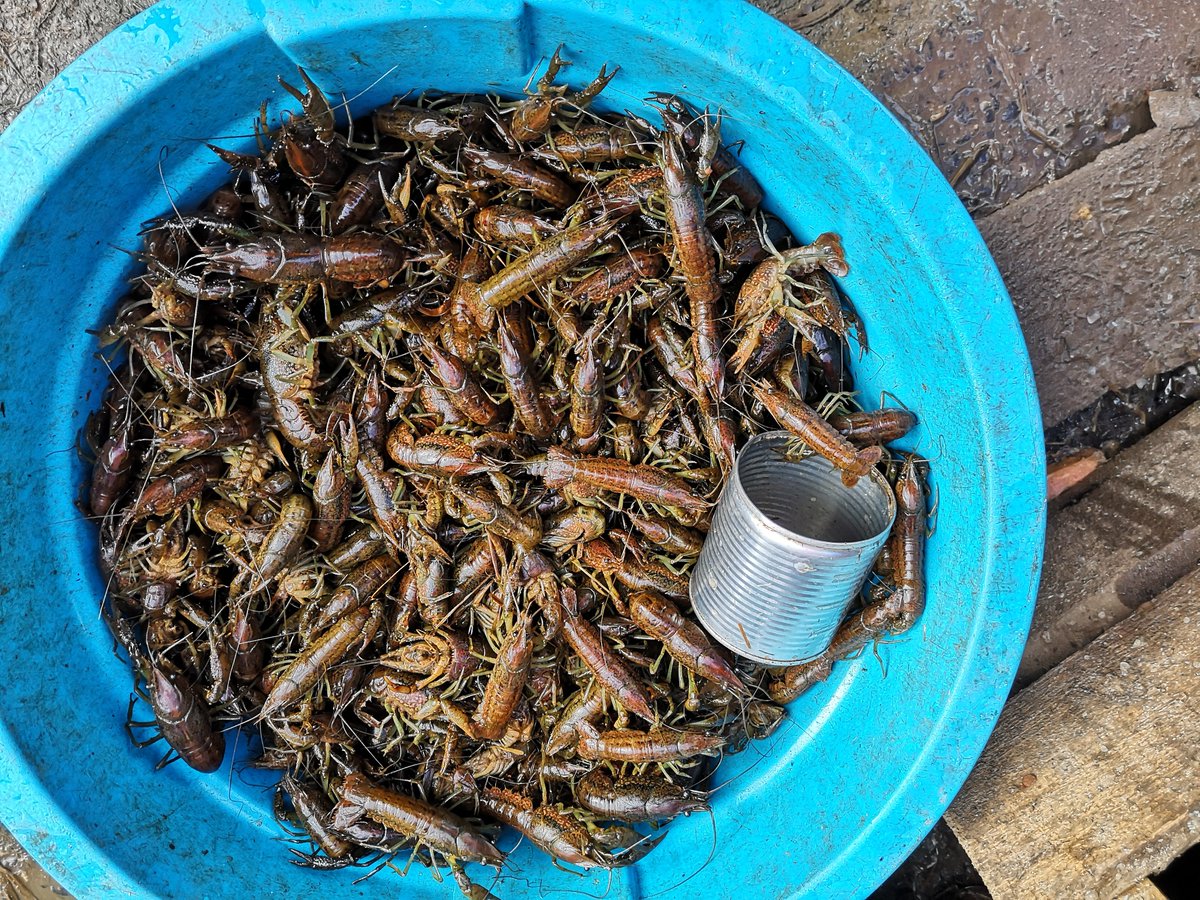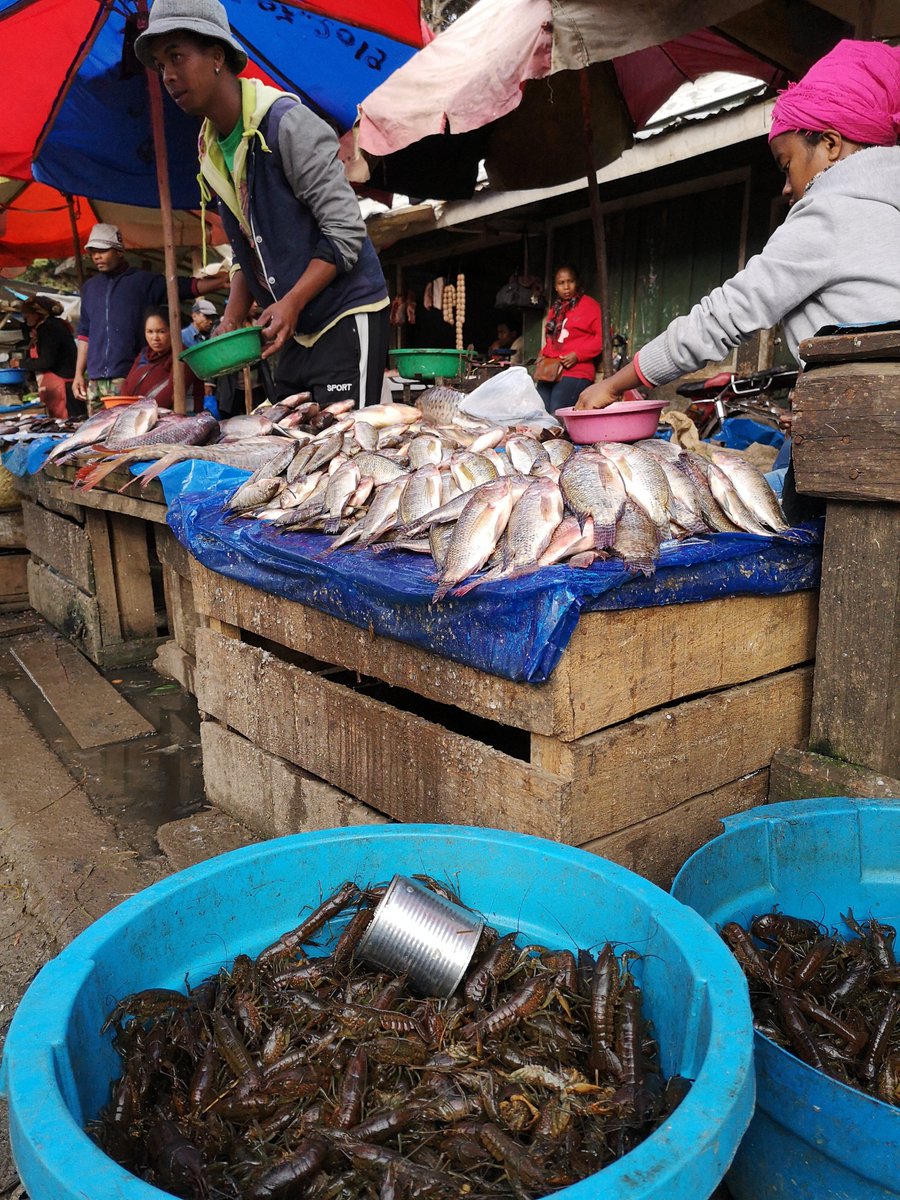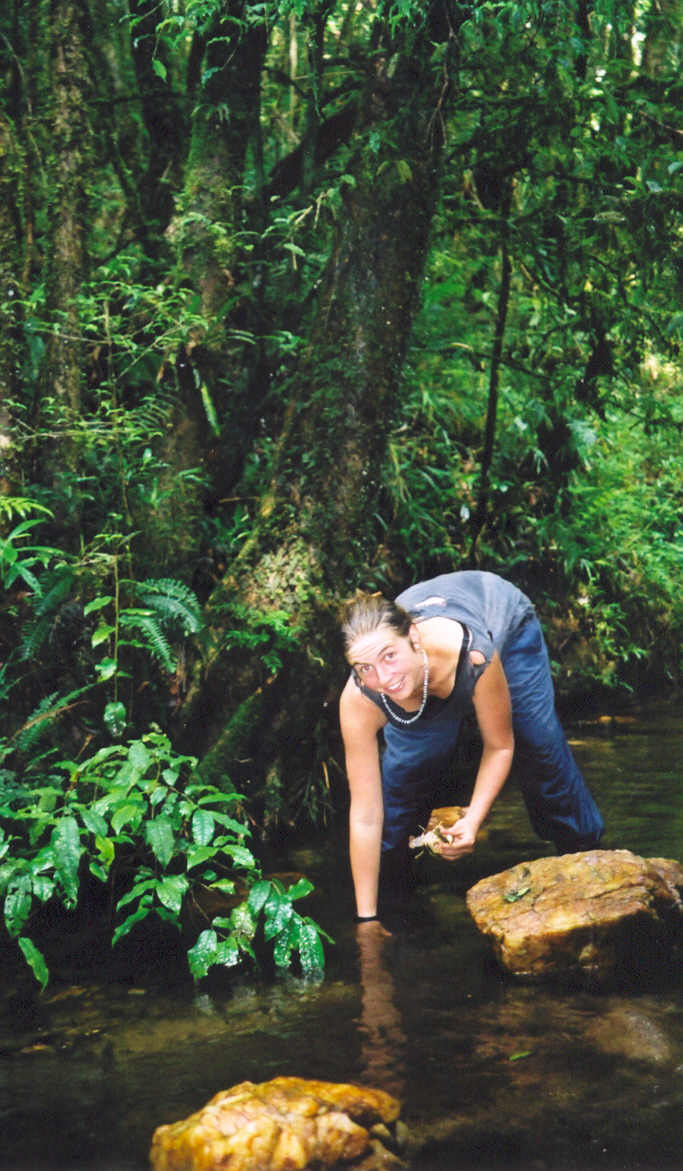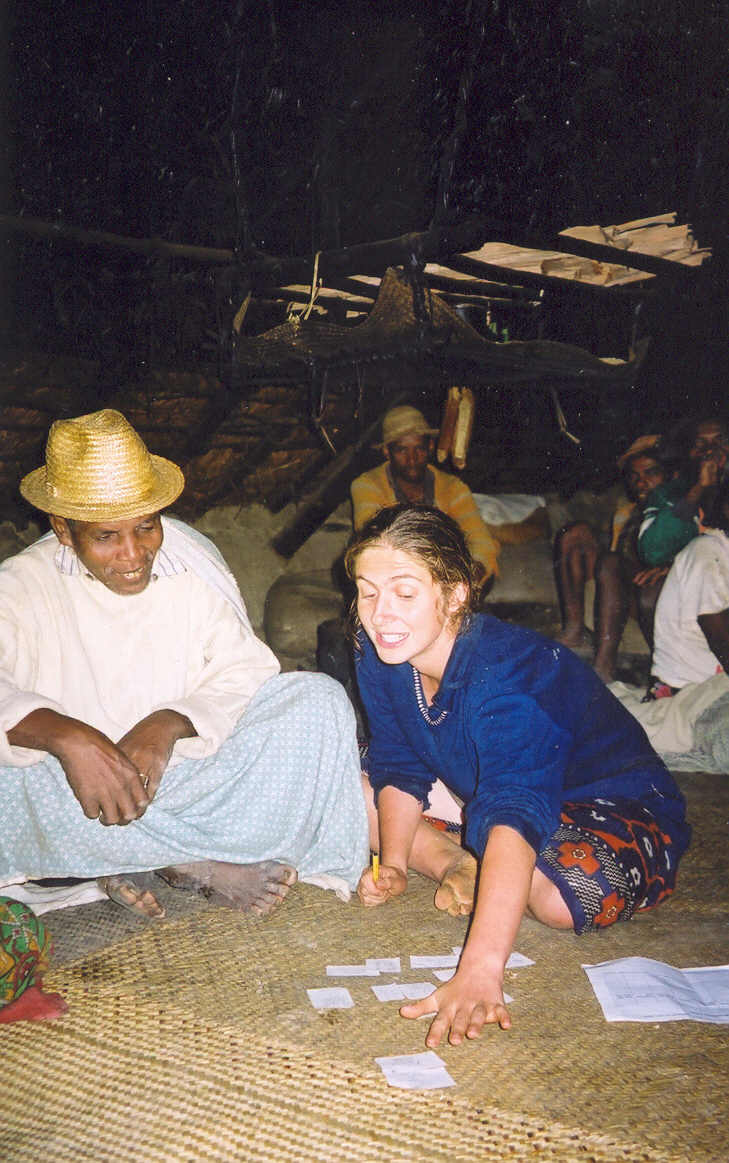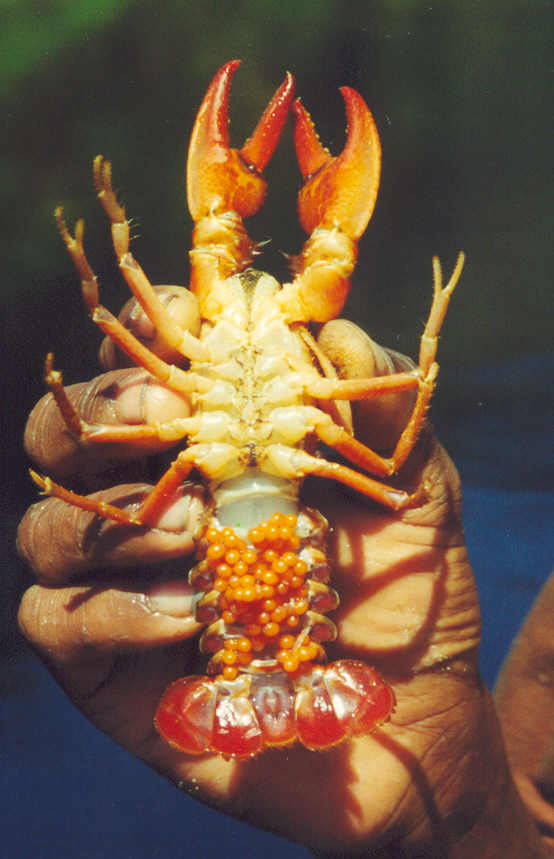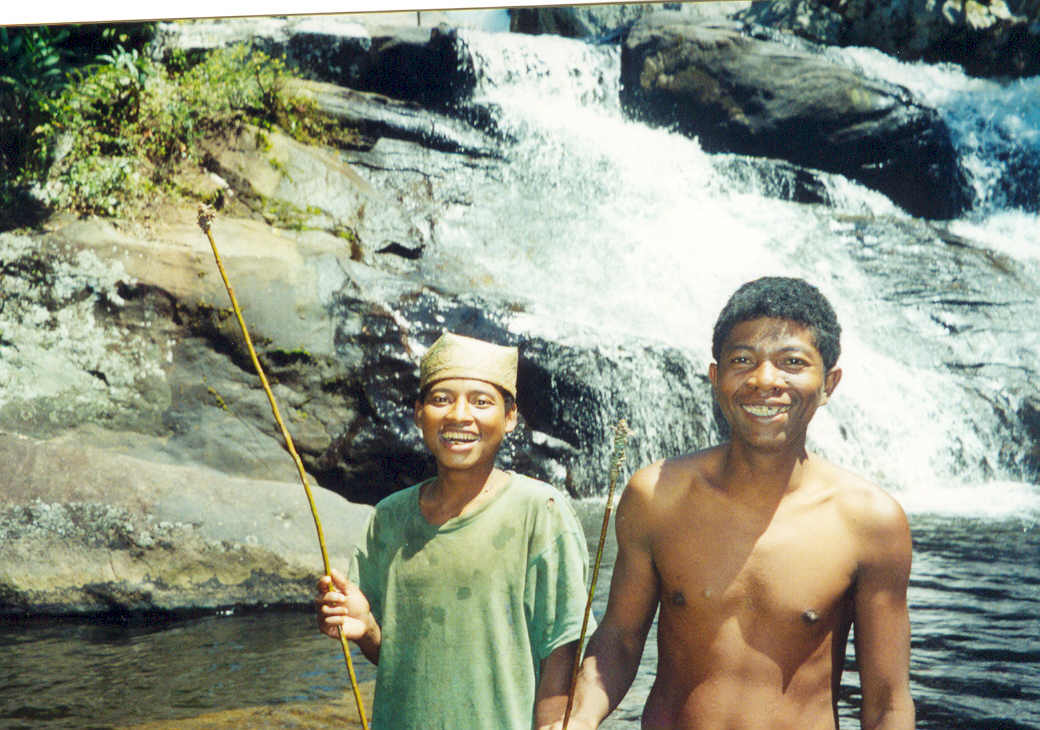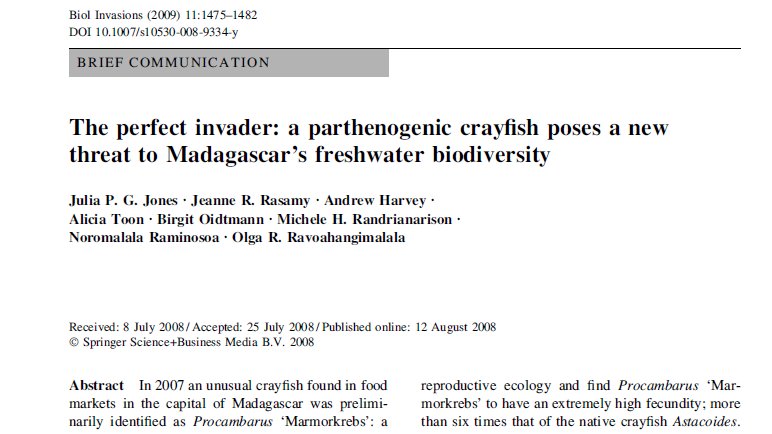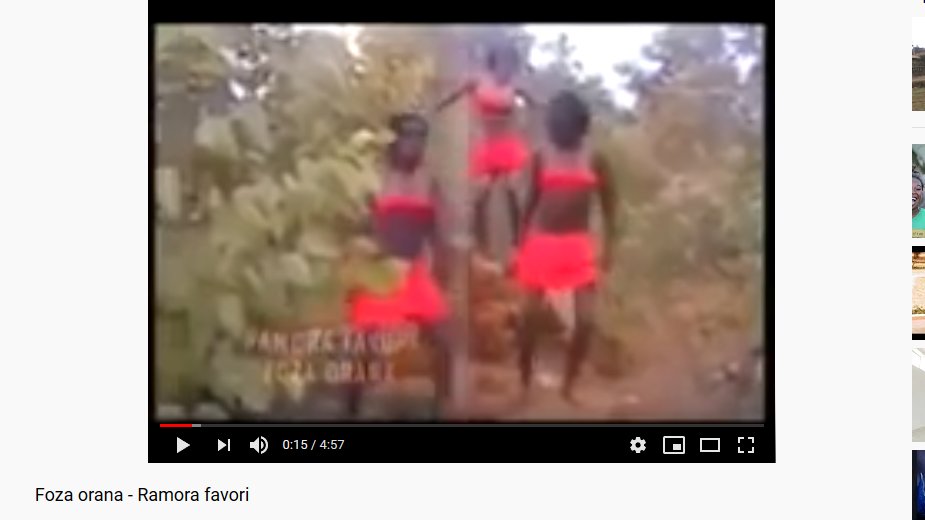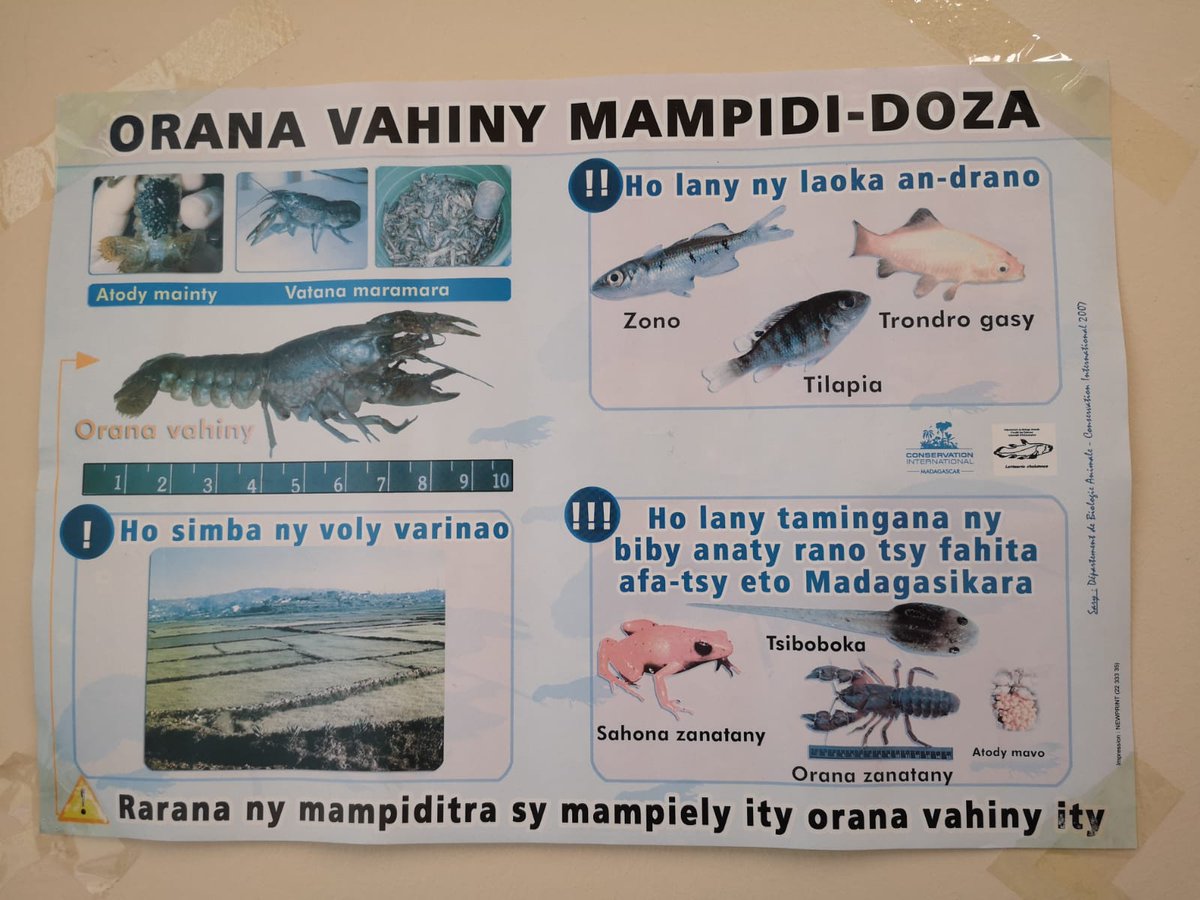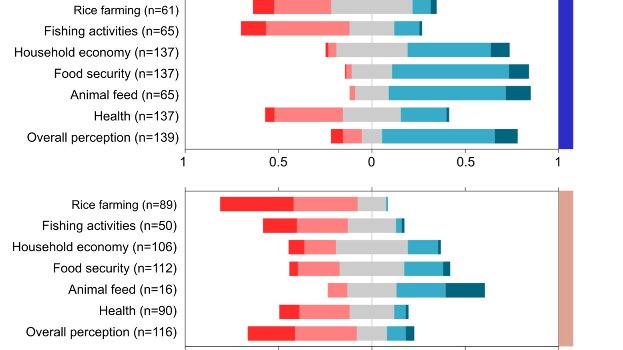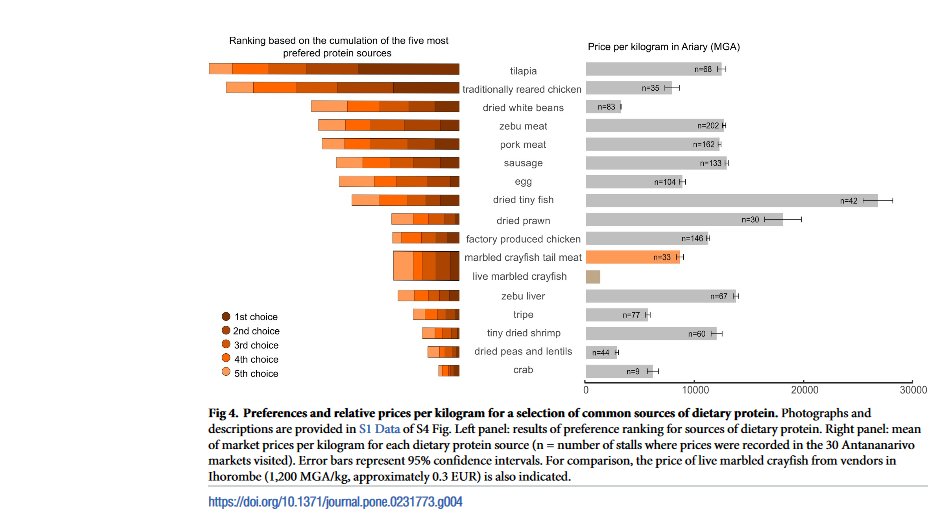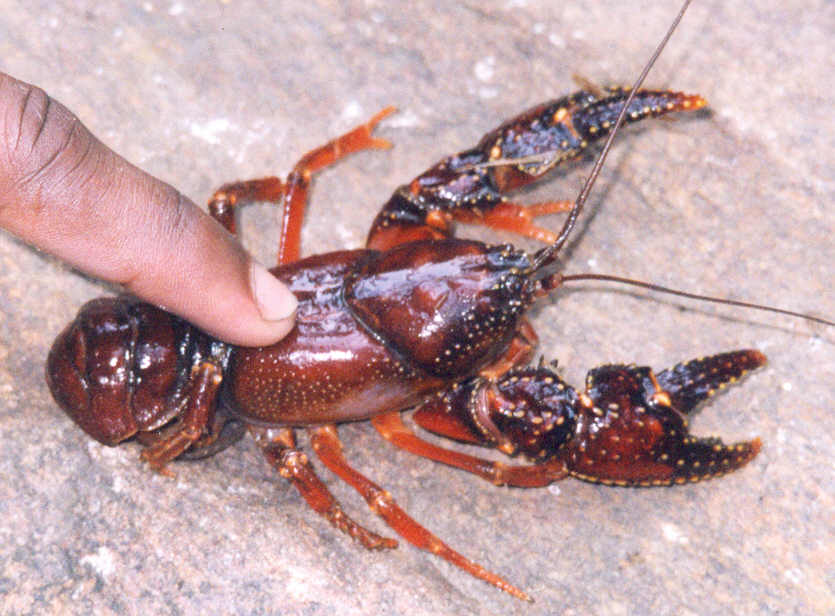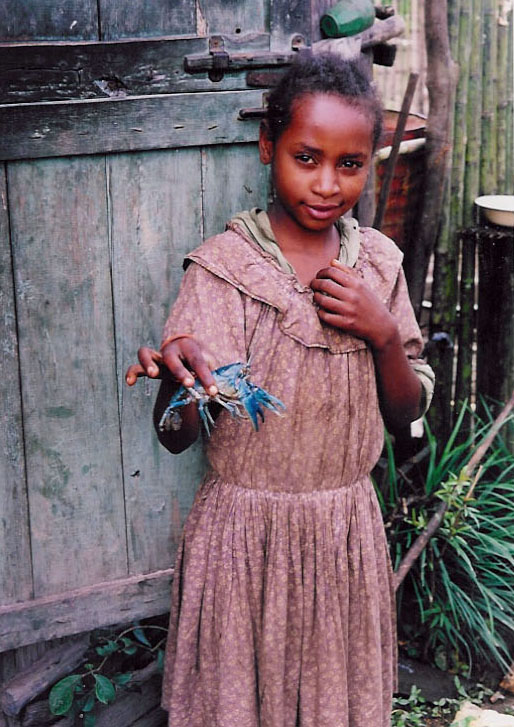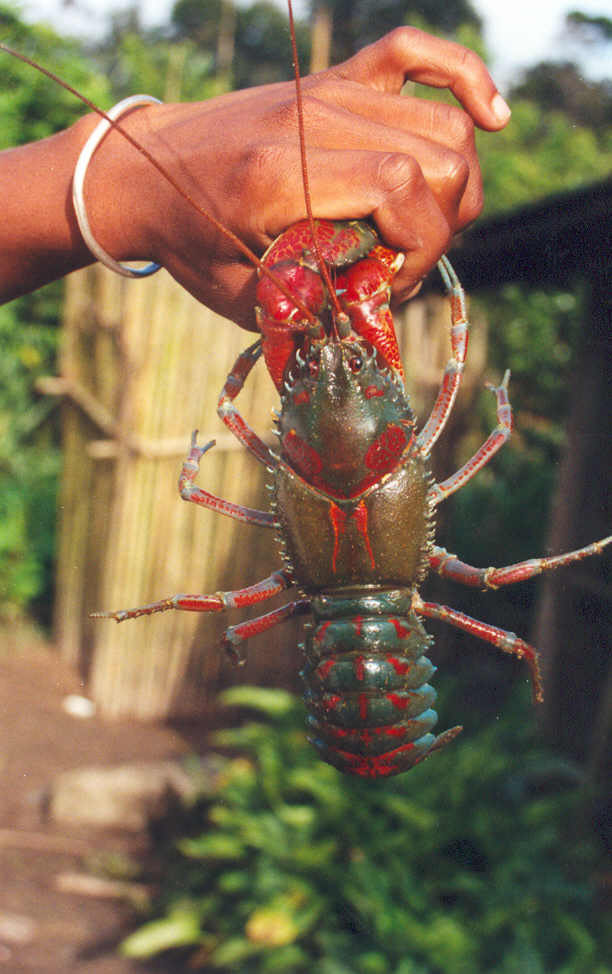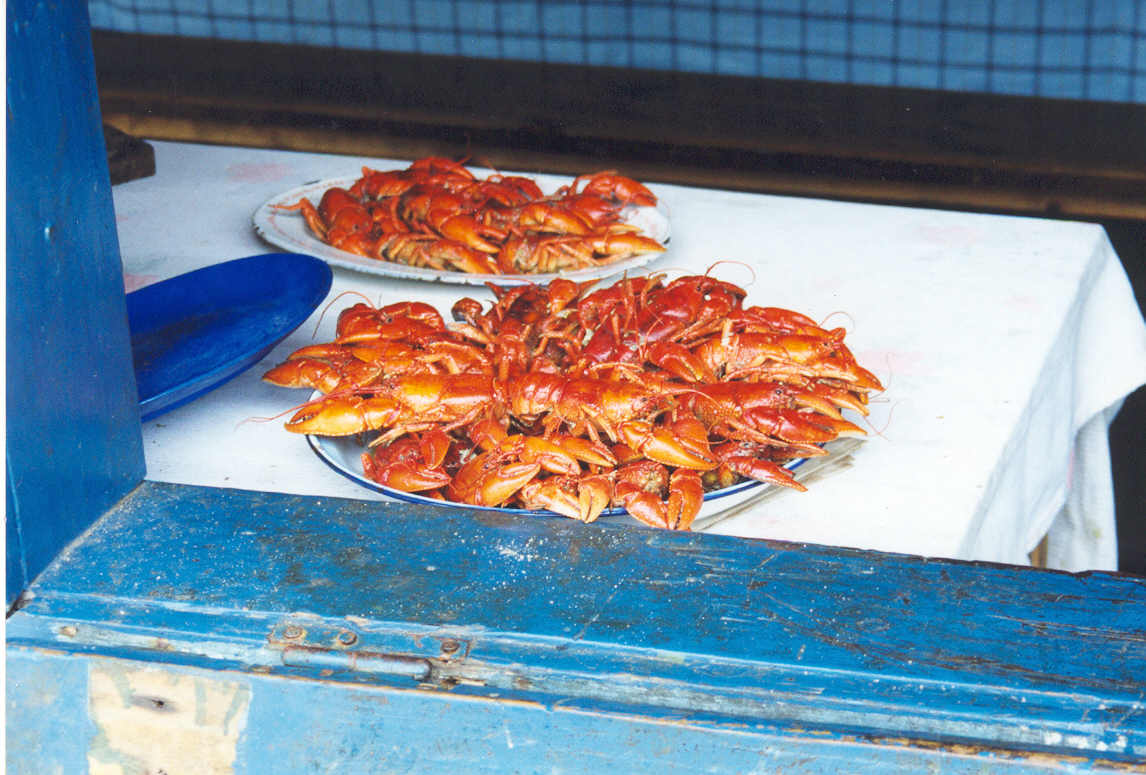What are the socio-economic impacts of the invasion of the marbled crayfish in Madagascar? This new paper in @PLOSONE (about THE most interesting invasive species) is special to me for a number of reasons….. (1/?)
https://journals.plos.org/plosone/article?id=10.1371/journal.pone.0231773">https://journals.plos.org/plosone/a...
https://journals.plos.org/plosone/article?id=10.1371/journal.pone.0231773">https://journals.plos.org/plosone/a...
I started my career working on Madagascar’s endemic crayfish. I spent two very happy years doing a massive mark-recapture experiment (44,000 captures!) exploring the sustainability of local harvest
https://conbio.onlinelibrary.wiley.com/doi/full/10.1111/j.1523-1739.2005.00269.x-i1?casa_token=_mLSShDM8swAAAAA%3AcF45nZ867GGy2RXc2Ap21yexBh2Q51mvJWfymoR85S0iPS4VI-d5mXWTf02aJCgKeVi6pZSxEliIGQLC">https://conbio.onlinelibrary.wiley.com/doi/full/...
https://conbio.onlinelibrary.wiley.com/doi/full/10.1111/j.1523-1739.2005.00269.x-i1?casa_token=_mLSShDM8swAAAAA%3AcF45nZ867GGy2RXc2Ap21yexBh2Q51mvJWfymoR85S0iPS4VI-d5mXWTf02aJCgKeVi6pZSxEliIGQLC">https://conbio.onlinelibrary.wiley.com/doi/full/...
In 2003 I read a paper in the journal Nature describing the world’s 1st parthenogenetic decapod & and laying out likely issues if it were released in the wild (only 1 individual would be needed to started a population etc). https://www.nature.com/articles/421806a">https://www.nature.com/articles/...
Guess where it 1st turned up? Madagascar! In 2005 Prof Rasamy from University of Tana noticed it in local markets. In 2008 we published a paper in @BioInvasions about this ‘perfect invader’
https://link.springer.com/article/10.1007/s10530-008-9334-y">https://link.springer.com/article/1...
https://link.springer.com/article/10.1007/s10530-008-9334-y">https://link.springer.com/article/1...
The crayfish spread superfast. Foza orana (as they became known) entered popular culture in unexpected ways. Here is a pop video reflecting one (rather crude) usage
https://www.youtube.com/watch?v=CZwOxn5Dr0A">https://www.youtube.com/watch...
https://www.youtube.com/watch?v=CZwOxn5Dr0A">https://www.youtube.com/watch...
Fozaorana (Procambarus virginalis to give them their scientific name) became synonymous in Malagasy with something cheap and poor quality. Cheap burner phones are called fozaorana for example.
I am sure their rapid spread & ubiquity contributed to them being somewhat despised. But conservation propaganda may have contributed e.g. see this poster which for inexplicable reasons is still on my office wall.
Anyway, our recent paper shows that (especially in areas which have been invaded longer), people tend to quite appreciate the crayfish & feel they make a positive impact in food security and livelihoods.
They are not the most preferred food but they are a super cheap and easily available source of animal protein; this matters in a country with such high levels of malnutrition.
Lead author Ranja Andriatsoa noticed that the crayfish may control the snails which transmit schistosomiasis (an awful parasitic disease affecting millions of Malagasy). We’ve now got small funding from @GCRF to explore this with @DrChelseaLWood and others.
Do note-there is essentially ZERO information about the impact of these invasive crayfish on Madagascar’s highly threatened biodiversity (including my beloved endemic crayfish in the genus Astacoides). I’m keen to return to my freshwater ecology roots and help fill this gap…..
Oh and one more interesting thing-the marbled crayfish in Madagascar is indeed completely clonal (and no males exist!). https://www.nature.com/articles/d41586-018-01624-y">https://www.nature.com/articles/...
Congratulations Ranja Andriatsoa (not on twitter) for leading this paper and thanks all coauthors: Frank Lyko, Jeanne Rasamy, Heriniaina Randrianarison, Miary Raselimanana, Manjary Andriatsitohaina and Vlad Achimescu
If you are interested in the story of this fascinating invasion, @rowanmg (a writer with a nose for a great story) has a feature-length article coming out soon.

 Read on Twitter
Read on Twitter